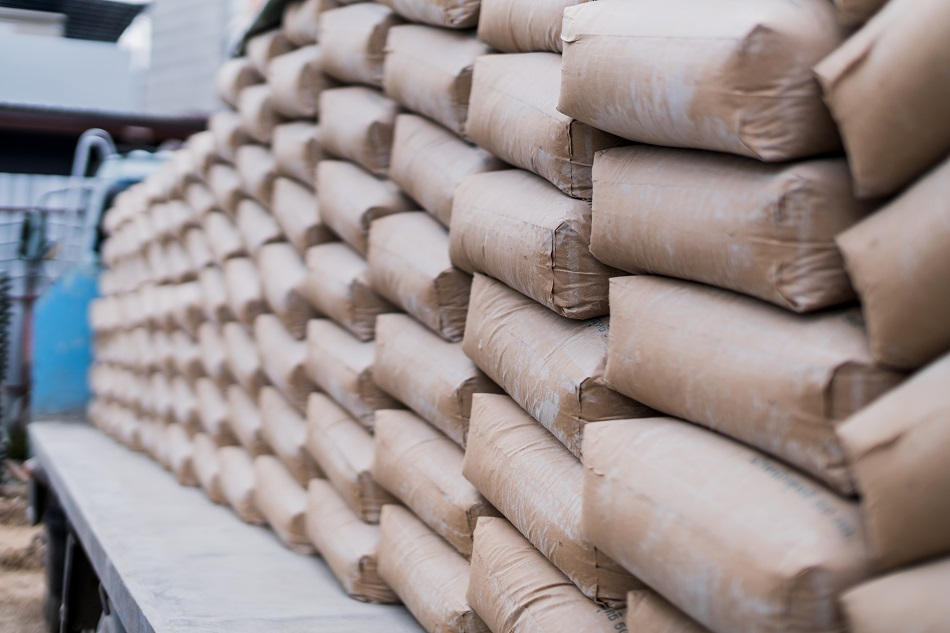Article Updated April 7th 2021

Image Credit: WHYFRAME/Shutterstock.com
Infrared and other spectroscopic methods have become an effective, non-destructive, and simple approach to examining the make-up of cement materials in various forms and stages of development.
For years, concrete was assessed in its hardened state by evaluating macroscopic qualities, like compressive strength and resistance to corrosion. Since concrete structures are built to last a long time, at least multiple decades, testers have used artificial aging conditions that involve cement samples being subjected to much harsher conditions than they would in reality.
More recently, IR spectroscopy techniques have a much shorter assessment period and a more comprehensive evaluation, which enables the testing of new ideas and applications. The use of IR spectroscopy to test cement is based on the notion that macroscopic qualities of cement are determined by its microscopic qualities, including its chemical make-up and structure at the microscopic level.
For the characterization of cement materials, macroscopic and microscopic testing approaches complement each other and are often used in tandem.
From Powder to Structural Deterioration
The transitory nature of cement in the first 24 hours after hydration presents challenges for many testing techniques.
Commercial cement is produced as a powder mixture containing many chemical species, and most are crystalline and well-defined. To make cement, water is added to this powder to create a very thick slurry. Within this slurry, the stony matter known as clinker reacts with the water to generate amorphous products that continue to change as water reacts, incorporates, and the cement slurry solidifies. After 24 hours, a hard solid containing hydrated amorphous products is formed.
Amorphous products are challenging to describe. However, the chemistry and structure of these products are critical as they are directly related to the potency of the paste. The chemistry is further affected by additives such as plasticizers or fillers. Factors like temperature, mixing process, and humidity all affect hydration processes.
The Use of IR Spectroscopy
Infrared spectroscopy is a useful tool to investigate the hydration of cement.
In a typical IR spectroscopy analysis of cement powder, a sample is placed in a sample holder and inserted into the spectrometer device. An IR beam is then focused on the sample with a concave mirror. The sample absorbs some light and the reflected light is directed by a concave mirror toward a detector where the signal is measured.
The Fourier transform infrared (FTIR) method can determine the amounts or relative quantities of the various components in test samples.
Furthermore, IR spectroscopy can identify both crystalline and amorphous phases, which frequently form on mass cement. IR spectroscopy has been used both investigate structure and cement mixtures.
IR spectroscopy can analyze cement because infrared light is absorbed by the molecules of cement constituents and transformed into molecular vibration; as absorption occurs when the radiant infrared energy aligns with the energy of a particular molecular vibration. The frequencies that absorption occurs provide data on the chemical groups found in the test sample.
Cement contains several chemical components with various functional groups that are infrared active, including H2O, Si-O, SO4, Al-O, and CO3. The absorbed wavelengths rely on the chemical environment of the group. Therefore, tell-tale shifts in the functional groups' absorption bands can characterize and quantify constituents.
Diffuse reflection FTIR (DR-FTIR) is commonly used to test powdered cement samples. DR-FTIR and complementary test methods can allow for a deep analysis of cement hydration. DR-FTIR supplies global chemical data concerning the numerous kinds of bonding found in a test sample. This method is an ex-situ process, where the hydration is halted at a selected point, allowing complementary techniques on the sample to be used.
Sources and Further Reading
Disclaimer: The views expressed here are those of the author expressed in their private capacity and do not necessarily represent the views of AZoM.com Limited T/A AZoNetwork the owner and operator of this website. This disclaimer forms part of the Terms and conditions of use of this website.